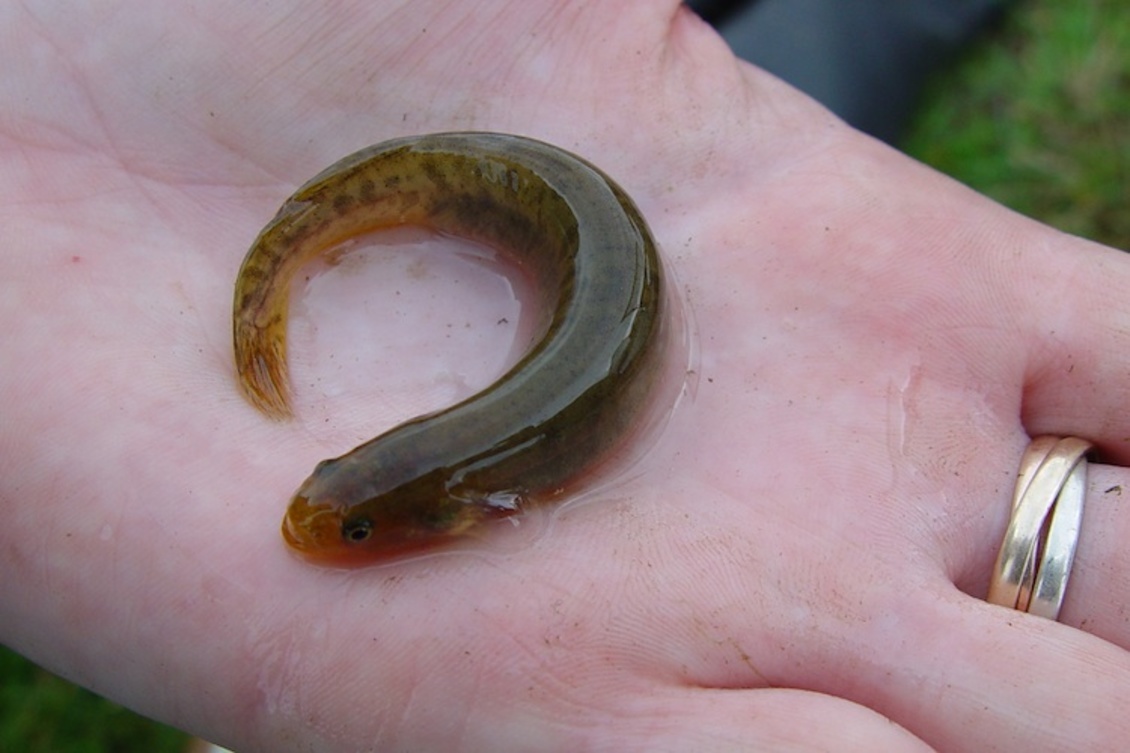
There five species of mudfish in New Zealand are the:
- Canterbury mudfish (Neochanna burrowsius)
- brown mudfish (Neochanna apoda)
- black mudfish (Neochanna diversus)
- Northland mudfish (Neochanna heleios)
- Chatham mudfish (Neochanna rekohua).
Despite the name, mudfish require clean water and are a good indicator of a healthy environment. They are found in swampy lowland habitats such as wetlands, pakihi, pools in swamp forests and slow-flowing streams and drains. The Chatham mudfish is an exception, as it lives around the margins of peat lakes.
With 80–90% of New Zealand’s wetlands having been drained or filled, habitat loss is the key reason for the decline of these species. Mudfish have a bizarre ability to live out of water in tree root hollows and damp leaf litter for weeks at a time during dry periods. They are able to do this by wriggling their cigar-shaped bodies into tiny crevices, where they semi-hibernate (aestivate) by ‘breathing’ through their moist skin. This means that they can survive in seasonally dry waterways, drains, pools and swamps.
All five species of mudfish are considered highly threatened due to habitat loss. All appear on the conservation classification IUCN Red List, with the Canterbury and Northland mudfish listed as ‘critically endangered’.
Acknowledgement: Department of Conservation, Te Papa Atawhai, Creative Commons 4.0


